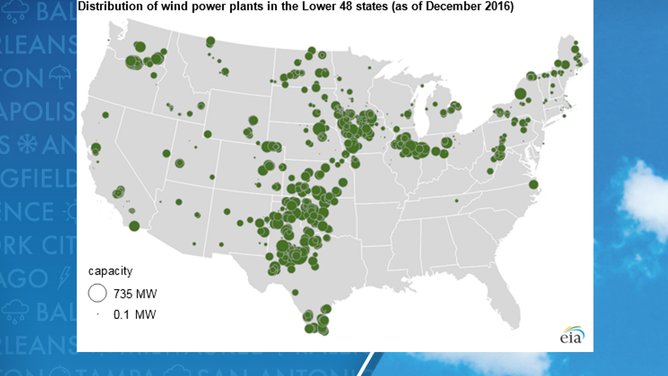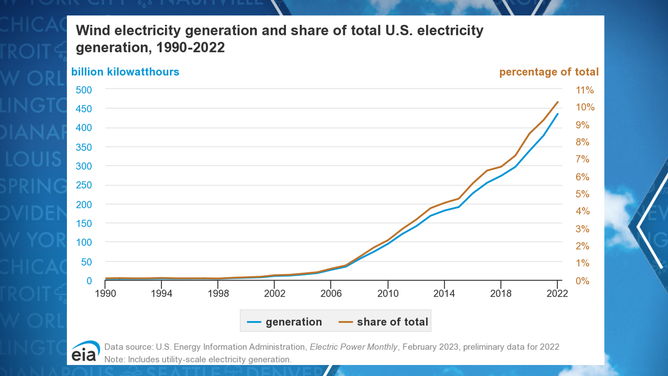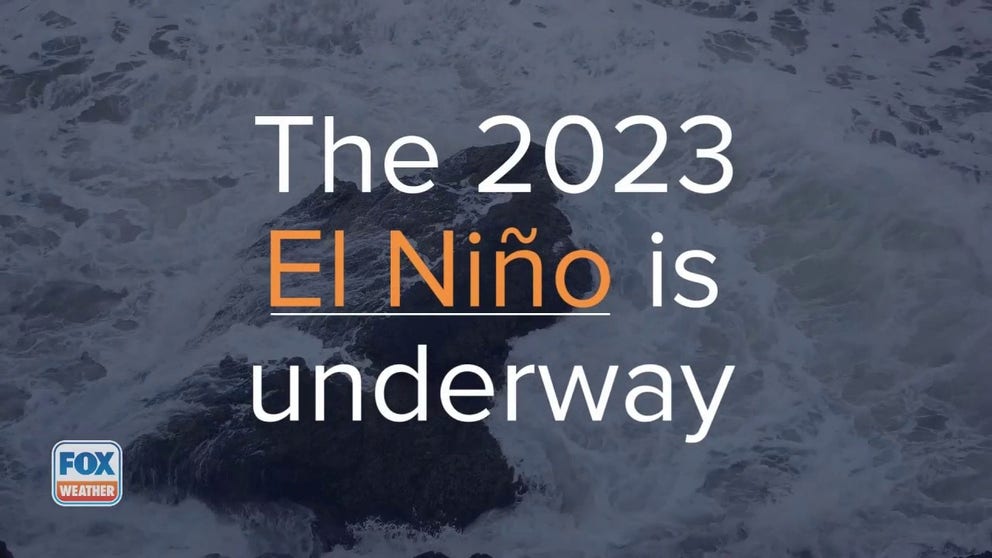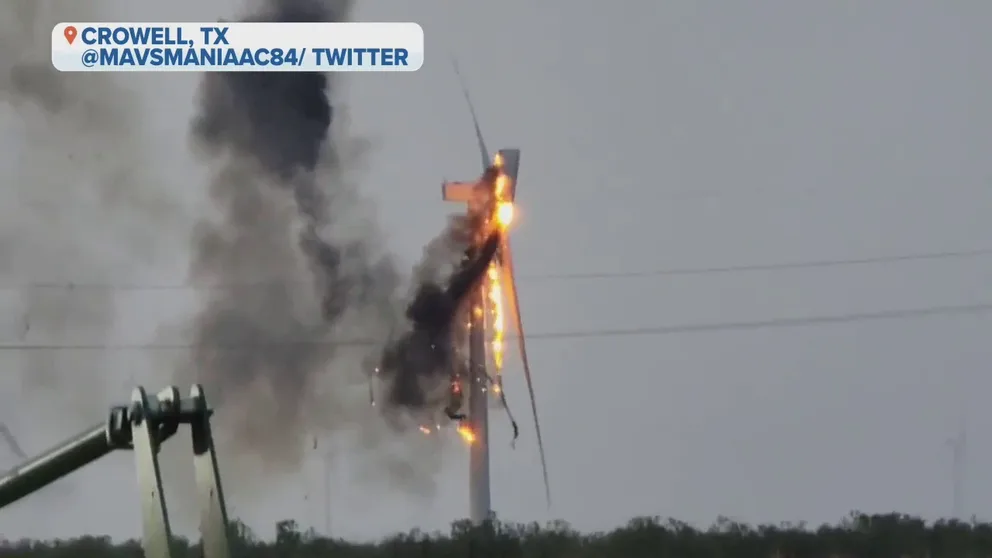El Nino’s emergence could result in reduced renewable energy production across US
Warming sea surface temperatures in the central-east equatorial Pacific led to the formation of the 2023 El Niño climate pattern. The last El Niño occurred in 2018-2019 and was blamed by energy companies for decreased energy production.
What is an El Nino weather pattern
El Ninos are known to produce extreme weather around the globe. The world entered an El Nino in June 2023, and events are known to produce both good and bad impacts.
The U.S. is an energy powerhouse, consuming and producing more electricity than nearly all other countries, but the arrival of the 2023 El Niño could force changes in production during what is considered to be an energy transition period for the world.
El Niño climate patterns typically lead to weaker wind speeds and fluctuations in precipitation that can lead to impacts on renewable sources of energy.
Wind turbines generally require modest wind speeds, and hydropower facilities need a constant flow of water, but with the pattern changing from the rare "triple-dip" La Niña to the El Niño, energy sources could be changing as well.
Surface wind speeds tend to be lower during El Niño events, and northern parts of the country are commonly drier when the "little boy" – the Spanish translation of El Niño - is in control.
According to the U.S. Energy Information Administration, renewable wind energy currently ranks as the fourth-largest source of electrical generation, just behind natural gas, coal and nuclear sources.
Reduced wind speeds could be problematic for some facilities that require breezes to be at least five miles per hour to generate any electricity.
As of January 2022, the U.S. was home to more than 70,000 turbines, but having a sizable number inactive due to weather conditions isn’t a concern yet to energy experts.
"We still have the fossil fuel power plants, and we can basically shut those on and off as a buffer, so to speak," said Dr. John Hall, an assistant professor of mechanical and aerospace engineering at the University at Buffalo. "Whenever we have El Niño or a day without strong winds, we’re eventually going to get to a place with the phasing out fossil fuels, that we’ll need to have a contingency for that, but we are not there yet."
Hall said a sizable wind farm can generate power for the demand produced by a quarter of a million homes.
WATCH A WIND TURBINE DISINTEGRATE IN TEXAS AFTER A LIGHTNING STRIKE
Texas wind turbine fire
Lightning struck a wind turbine in Crowell, Texas
In addition to wind energy generation, precipitation patterns could result in increased rainfall in some areas and decreased precipitation in others. This can have significant implications for hydroelectric energy production.
In regions experiencing increased rainfall, power generation may be enhanced as increased flows take place into rivers and reservoirs. Conversely, regions experiencing reduced rainfall may face lower water levels, leading to decreased power generation.
The transition to El Niño doesn’t mean energy production will completely halt for any of the renewable energy sources, and impacts on consumption may be greater than Mother Nature’s impacts on production.
A warm day or cold winter night might lead to fluctuations in demand that are beyond the control of weatherization of homes and businesses. In fact, colder-than-average weather can cause demand to soar and put stress on electrical grids.
About 4 million people in Texas lost electricity at some point during a crippling winter storm in 2021, making it the most costly winter storm in history.

Wind power generation facilities
Hall said through studies, the wind industry has adapted to weather impacts and has learned that the larger turbines are more prone to outperforming smaller structures during reduced wind events.
"The larger, extended blades can lead to increased production because of the swept area. On some of the turbines, you could have a really low wind speed, but a big enough rotor can still have you running at full power," said Hall.
Upgrades to larger structures could likely mitigate impacts from reductions in wind speeds, which are needed to be in the neighborhood of between 5-50 mph for electrical generation.
TRANSITION INTO EL NINO COULD LEAD TO RECORD HEAT AROUND THE GLOBE
The impacts from El Niño on power generation could last well into 2024 if the weather pattern follows climatological norms.
According to NOAA, El Niño events typically last between nine and 12 months, meaning the upcoming winter, spring and potentially into next summer could all fall under a similar pattern.
The last El Niño events to impact the world were in 2018-19 and 2014–16.
During those years, data from the U.S. Energy Information Administration showed growth of wind generation slowed, but due in part to new facilities coming online, production never fell below the previous year's output.

U.S. wind generation

